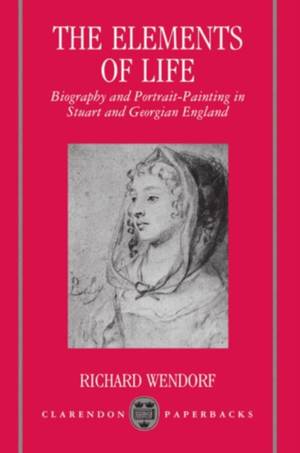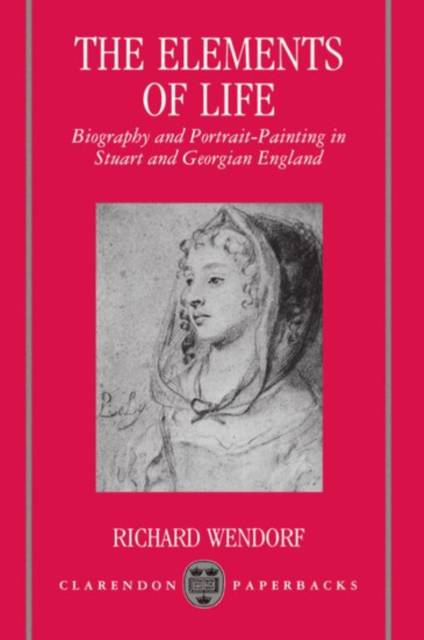
- Afhalen na 1 uur in een winkel met voorraad
- Gratis thuislevering in België vanaf € 30
- Ruim aanbod met 7 miljoen producten
- Afhalen na 1 uur in een winkel met voorraad
- Gratis thuislevering in België vanaf € 30
- Ruim aanbod met 7 miljoen producten
Zoeken
€ 48,95
+ 97 punten
Omschrijving
In this bold new study, Wendorf compares two arts--biography and portrait-painting--that have often been linked in a casual way but whose historical connections have remained unexplored. Reassessing the great age of English portraiture--from the arrival of Van Dyck to the publication of Boswell's Life of Johnson--Wendorf reveals that, despite their obvious differences, visual and verbal portraits often shared similar assumptions about the representation of historical character. Rooted in modern theory devoted to the comparison of literature and painting and to the problem of representation, the book examines each form of portraiture in terms of the other, bringing into discussion such writers as Izaak Walton, John Evelyn, John Aubrey, Roger North, Goldsmith, Johnson, Mrs. Piozzi, Boswell, and such artists as Van Dyck, Lely, Samuel Cooper, Jonathan Richardson, Hogarth, and Reynolds.
Specificaties
Betrokkenen
- Auteur(s):
- Uitgeverij:
Inhoud
- Aantal bladzijden:
- 330
- Taal:
- Engels
- Reeks:
Eigenschappen
- Productcode (EAN):
- 9780198119791
- Verschijningsdatum:
- 5/03/1992
- Uitvoering:
- Paperback
- Formaat:
- Trade paperback (VS)
- Afmetingen:
- 156 mm x 233 mm
- Gewicht:
- 589 g

Alleen bij Standaard Boekhandel
+ 97 punten op je klantenkaart van Standaard Boekhandel
Beoordelingen
We publiceren alleen reviews die voldoen aan de voorwaarden voor reviews. Bekijk onze voorwaarden voor reviews.











